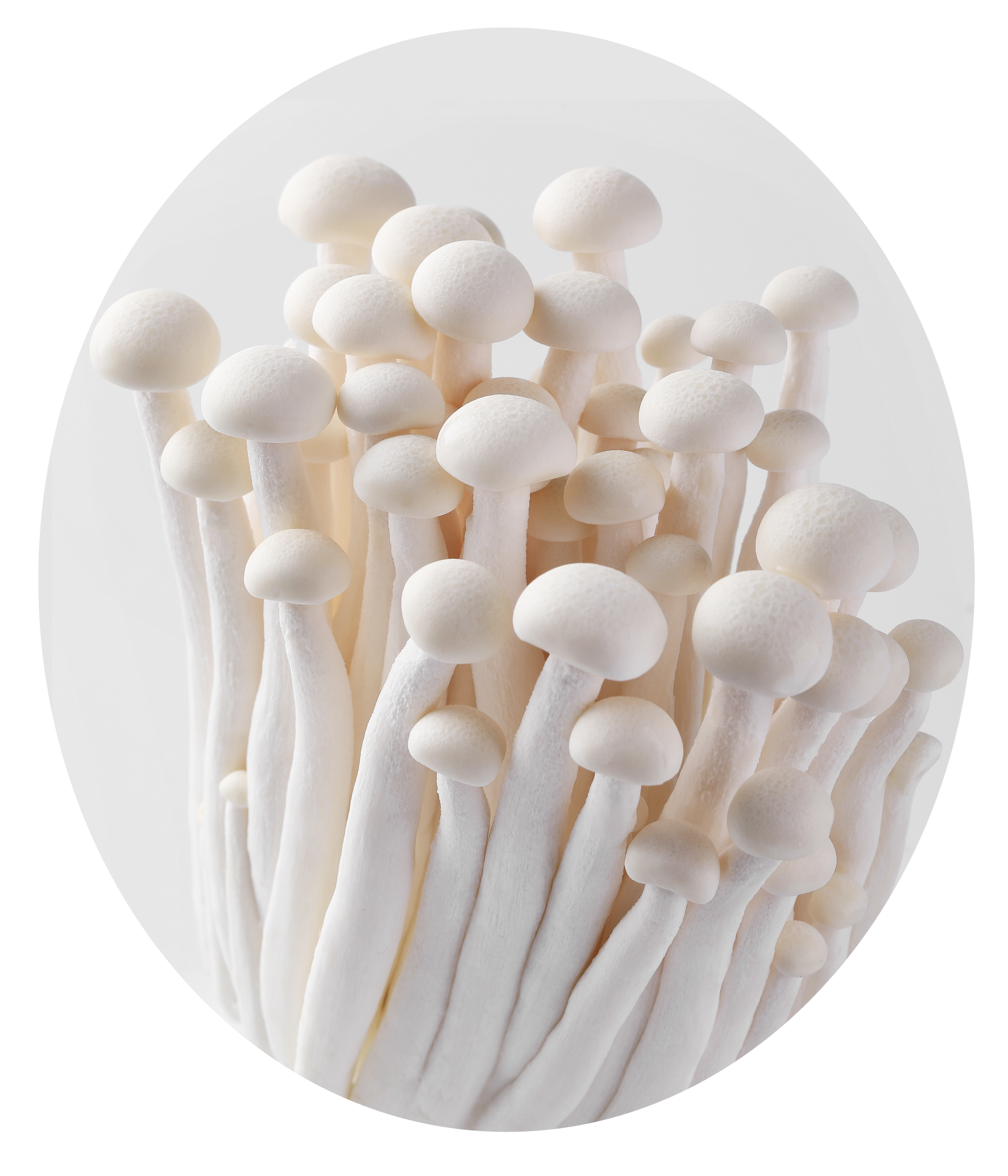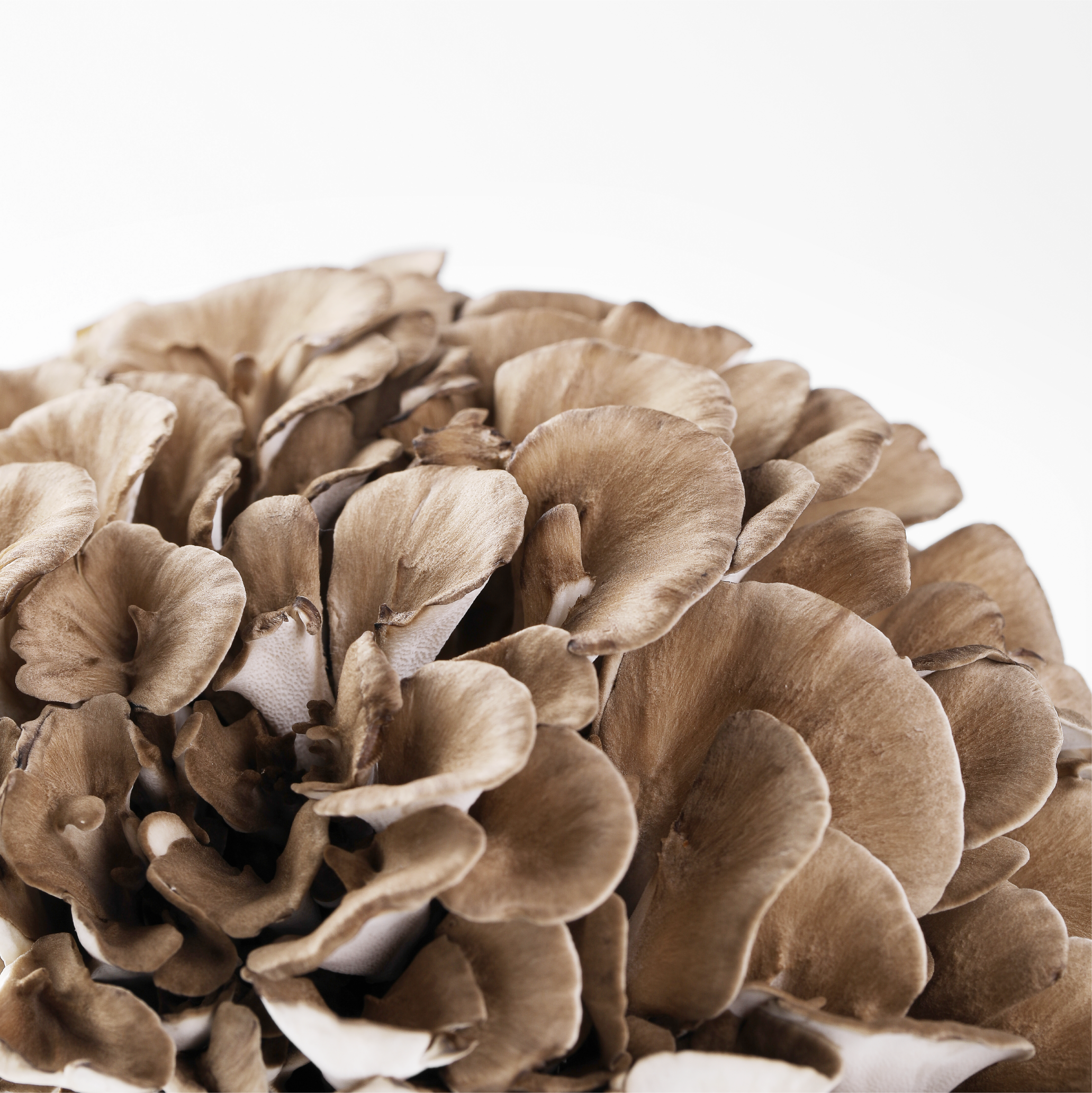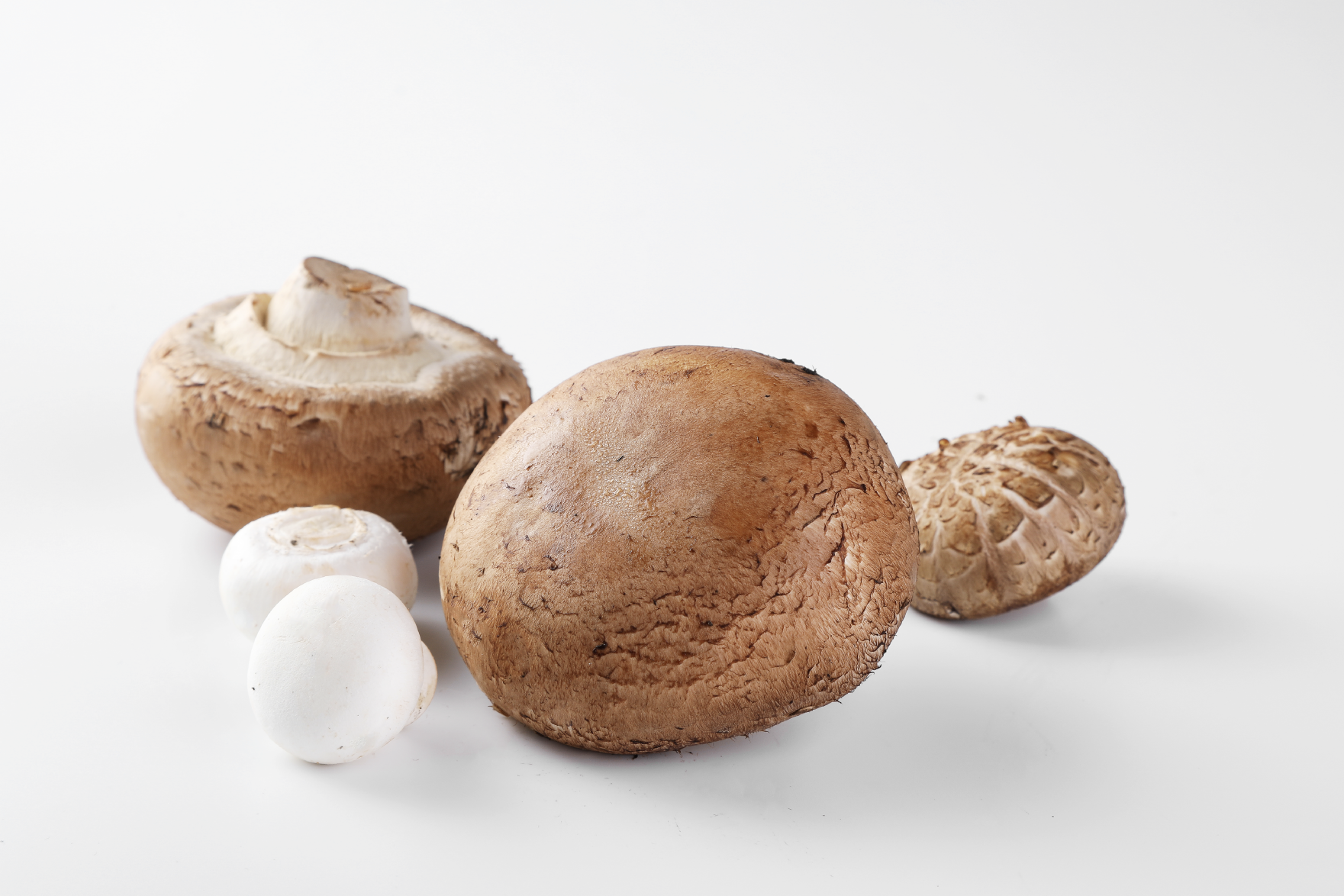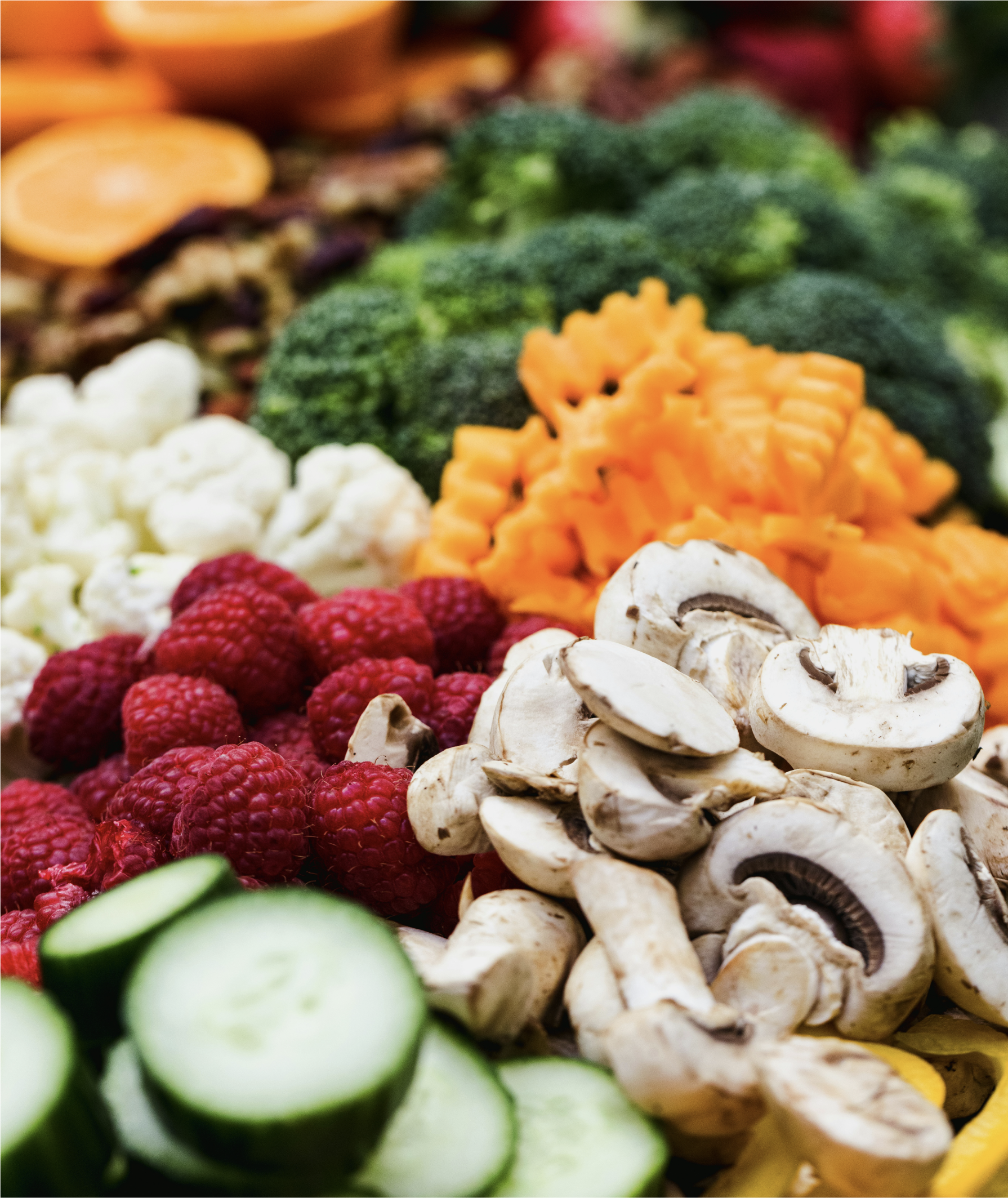15%-30%
Beans:36-40% Nuts:15-30% Cereals:6-10%
Dairy:3-7% Meat:22% Seafood:16-21% EggS:12%

Protein is closely related to the health of human
Protein accounts for more than 50% of the dry weight of the human body and is the core component that makes up cells, muscles (actin and myosin account for 70% of total muscle mass), bones (collagen), skin (elastin), hair (keratin) and internal organs. Short-term deficiency may result in weakness, hair loss, decreased immunity, etc.
Long-term deficiency may cause metabolic disorders or even organ failure and other serious consequences.


Less impact on the environment, using crop waste as culture medium, does not require large amounts of land and water resources, and has a low carbon footprint.
It does not involve artificial hormones, pesticides, fertilizers, antibiotics, etc.

The Food and Agriculture Organization of the United Nations (FAO), in its Global Report on Food and Nutrition Security, proposes the structure of “one meat, one vegetable and one mushroom”
This structure is based on:
Nutrient density index (NDI): the NDI value of mushrooms was 9.7, which was higher than that of leafy greens (6.2) and fruits (5.8);
Dietary balance parameters: the potassium/sodium ratio (326:1 on average) and dietary fiber content (3.3-4.9g/100g) in mushrooms can effectively make up for the lack of trace elements in meat and vegetables.